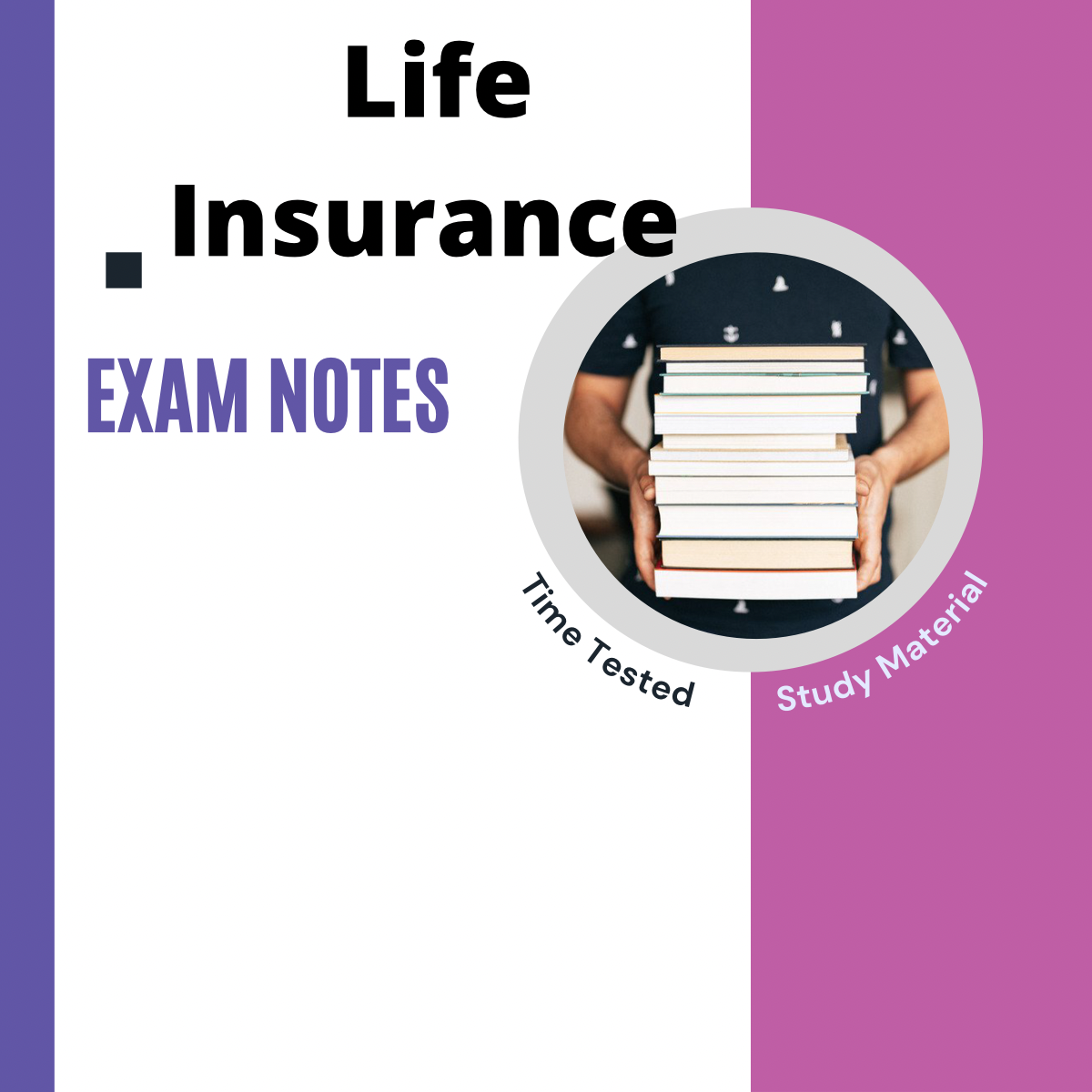An Unbiased View of Pacific Prime
Table of ContentsAbout Pacific PrimeThings about Pacific PrimeGetting The Pacific Prime To WorkIndicators on Pacific Prime You Should KnowWhat Does Pacific Prime Mean?

This is due to the fact that the data were accumulated for a period of solid financial performance. Of the approximated 42 million people who were without insurance, almost regarding 420,000 (concerning 1 percent) were under 65 years of age, the age at which most Americans come to be eligible for Medicare; 32 million were adults in between ages 18 and 65, around 19 percent of all adults in this age; and 10 million were youngsters under 18 years of age, regarding 13.9 percent of all kids (Mills, 2000).
These estimates of the number of persons uninsured are generated from the yearly March Supplement to the Current Populace Study (CPS), conducted by the Census Bureau. Unless or else kept in mind, national estimates of people without medical insurance and percentages of the populace with different kinds of protection are based upon the CPS, one of the most widely utilized source of estimates of insurance coverage and uninsurance rates.
What Does Pacific Prime Mean?
:max_bytes(150000):strip_icc()/how-does-insurance-sector-work.asp-FINAL-1ccff64db9f84b479921c47c008b08c6.png)
Still, the CPS is especially valuable since it generates annual estimates relatively promptly, reporting the previous year's insurance policy protection estimates each September, and because it is the basis for a regular set of estimates for more than two decades, permitting for evaluation of patterns in coverage over time. For these factors, in addition to the substantial use the CPS in other researches of insurance policy coverage that are offered in this record, we rely upon CPS estimates, with constraints kept in mind.

The estimate of the variety of uninsured individuals broadens when a populace's insurance coverage status is tracked for numerous years. Over a three-year period beginning early in 1993, 72 read this million individuals, 29 percent of the united state population, lacked insurance coverage for a minimum of one month. Within a single year (1994 ), 53 million individuals experienced at the very least a month without protection (Bennefield, 1998a)
Six out of every 10 without insurance adults are themselves employed. Working does improve the possibility that one and one's family participants will certainly have insurance policy, it is not a guarantee. Also members of families with two permanent wage income earners have virtually a one-in-ten chance of being uninsured (9.1 percent uninsured price) (Hoffman and Pohl, 2000).
The Pacific Prime Diaries
New immigrants represent a substantial percentage of individuals without health and wellness insurance policy. One analysis has actually associated a substantial portion of the recent development in the dimension of the U.S. uninsured population to immigrants that arrived in the country in between 1994 and 1998 (Camarota and Edwards, 2000). Recent immigrants (those that came to the United States within the previous four years) do have a high price of being without insurance (46 percent), however they and their youngsters account for just 6 percent of those without insurance policy nationally (Holahan et al., 2001).
The relationship between medical insurance and accessibility to care is well developed, as documented later in this chapter. The relationship between health insurance policy and wellness end results is neither straight nor easy, a comprehensive medical and health services study literary works links health insurance policy protection to enhanced access to care, far better top quality, and enhanced personal and populace wellness condition.
Levels of evaluation for taking a look at the results of uninsurance. It focuses specifically on those without any type of health insurance coverage for any size of time.
Our Pacific Prime Statements
The troubles dealt with by the underinsured are in some aspects similar to those encountered by the without insurance, although they are usually much less serious. Health insurance, nonetheless, is neither essential nor sufficient to gain access to clinical services. The independent and direct effect of wellness insurance policy coverage on access to wellness services is well established.
Others will acquire the health and wellness care they need also without medical insurance, by spending for it out of pocket or seeking it from companies who supply care free or at extremely subsidized rates. For still others, wellness insurance alone does not make certain receipt of treatment as a result of various other nonfinancial barriers, such as an absence of health treatment service providers in their area, restricted accessibility to transport, illiteracy, or linguistic and cultural distinctions.
A Biased View of Pacific Prime
Formal research regarding without insurance populaces in the USA dates to the late 1920s and early 1930s when the Committee on the Expense of Medical Treatment generated a collection of reports about financing doctor workplace brows through and hospitalizations. This issue became prominent as the numbers of clinically indigent climbed up throughout the Great Clinical depression.